Inter-disciplinary units of learning
The Cost of Having a Companion Animal
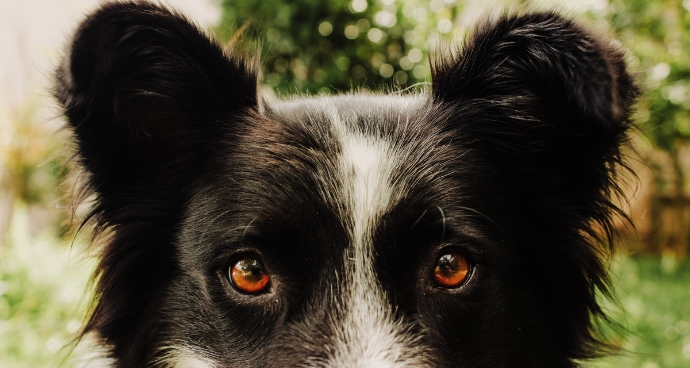
Years: 2-6
In this inquiry unit students use online tools to learn about the costs of owning a pet whilst developing their numeracy skills; carrying out simple calculations and budgeting.
Project: Animal Wellbeing (PAW)
Years: Rec-6
Students are introduced to the concept of animal sentience and explore the five freedoms, learning about what animals need to stay healthy and happy. Students will learn that animals have needs just like humans, and that these needs include food, water, companionship, a suitable place to live, being looked after by a vet if they are ill, and the freedom to express normal behaviour.
Companion Animal Product Designers
Years: Rec - 6
In this rewarding, values based challenge students become ‘pet product designers’ assigned the task of designing, producing, trialling and evaluating a product that makes life better for their own companion animal/s or animal/s at their local RSPCA. The companion animal product will need to help to provide the selected animal(s) with at least one of the five freedoms. Students will have to research the five freedoms and the needs of the specific animal(s) they wish to create a product for.
Game Makers
Years: 1-6
Students become ‘board game manufacturers’ who have been assigned the task of designing, producing, trialing and evaluating a board game that will help people learn key animal care messages, in a fun and interesting way. Students will need to research an area of animal care to base their game, complete a design brief, create a game board, make any playing pieces that are needed and write the playing instructions.
A Voice for the Animals
Years: 3-8
Advertising is a powerful part of our culture; catch phrases and references to popular commercials often end up in our daily dialogue. The short, dramatic presentations of persuasive language and imagery of effective advertising campaigns have the power to influence peoples’ attitudes and behaviour. In this unit students explore and investigate an animal welfare issue or concern.
Community Heroes
Years: 2-7
This social inquiry unit uses RSPCA as a context-exemplar to support students’ learning of charities and other non-profit organisations who make significant positive contributions to their community.
STEM units of learning
Wildlife Bridges
Years: 2 - 8
This STEM challenge uses a very real problem that Australia’s native animals face all too regularly. The issue of how to safely cross a road. Road deaths of many native animals have a huge impact on many populations and are one consequence of human development on animals. During the challenge, the students will investigate the need for safe means of getting across roads for our native animals and the implications for both the animals and humans. They will design potential solutions for one / multiple native animals to use as a safe means for crossing the road. By investigating some of the research into safe animal crossings, and researching the habitats of different native animals, children will be encouraged to consider the needs of these animals when they design their solution.
It's Raining Kittens and Puppies
Years: 2-6
This STEAM challenge uses a real life problem that RSPCA faces on an almost daily basis – that of community understanding about companion animal desexing.
During the challenge, the students will investigate the need for desexing by creating mathematical models for the number of babies a mature companion animal can give birth to over its life. Students will then use their artistic and / or their digital technology skills to promote the desexing of companion animals within their community.
Heat Proof Water Bowls
Years: 2 - 6
Heat Proof Water Bowls is a STEM unit that has been designed to address a real-world problem using the context of responsible animal guardianship (ownership). A problem that is faced by animal guardians (owners) who live in hotter areas is their animal’s water sources becoming too hot for the animals to want to drink it.
Sound Proof Hiding Places
Years: 1 - 6
This STEM unit presents students with the challenge of designing a safe and comfortable hiding place for a cat to retreat to when they are feeling afraid or stressed, particularly by loud noises. Providing for a cat’s welfare by giving them freedom from fear and distress and freedom to express their normal behaviour by ensuring they have a safe place to hide in stressful situations, gives students a real life context to engage in the technological design process, using science and mathematics concepts to inform their technological outcomes.
Writers' Corner
Animal Portrayals and Stereotypes
Years: 4-8
Animals play a big role in society, whether we as individuals have regular contact with them or not. From a very young age we are exposed to many different messages about animals. We begin to shape our understandings and develop the ideas we have about many animal species through different sources of oral, written and visual language. The messages we receive are not always accurate and as a result there are many stereotypes and misconceptions that people may have about different animal species.
Recount it
Years: 2-8
The daily actions of every one of us, directly and indirectly affect animals and their welfare. Consequently, there are a vast degree of viewpoints, social and ethical dilemmas surrounding animal welfare. Such a context will encourage students to see their writing as meaningful and a useful way to express their opinions, feelings, needs and desires.
Describe it
Years: 1-6
Animal welfare is an authentic context for students to develop their writing skills and understandings of procedural writing purposes and processes. Each of the learning experiences (lessons) lead to the creation of a product that links with at least one of the five freedoms. On completion of the product, students then write the instructions for how it was created.
Explain it
Years: 1-6
The learning experiences within this unit encourage students to focus on a specific animal wellbeing topic, choose a particular question about that topic, then research using a variety of resources to explore and answer the question in detail. Students then create a written explanation of the animal wellbeing topic.
Persuade me
Years: 2-8
The daily actions of every one of us, directly and indirectly affect animals and their welfare. Consequently, there are a vast array of viewpoints, social and ethical dilemmas surrounding animal welfare. Such a context will encourage students to see their writing as meaningful and a useful way to express their opinions, feelings, needs and desires.
Ethical and Critical Thinking Lessons
Animal Welfare in Different Contexts

Animal welfare is an authentic context for students to develop their critical thinking and ethical understanding. These resources are designed to promote discussion and thinking, not to provide answers for students.


.jpg)

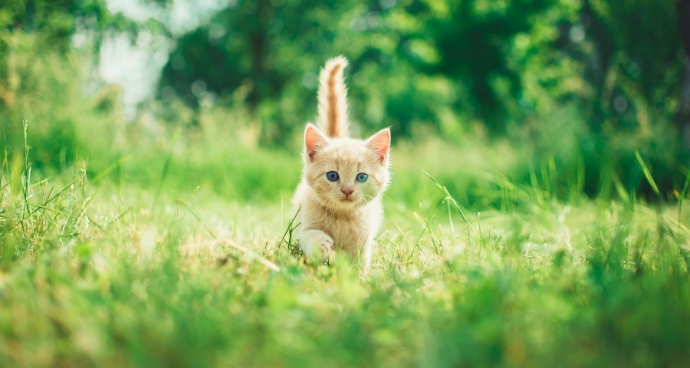
.png)
.png)

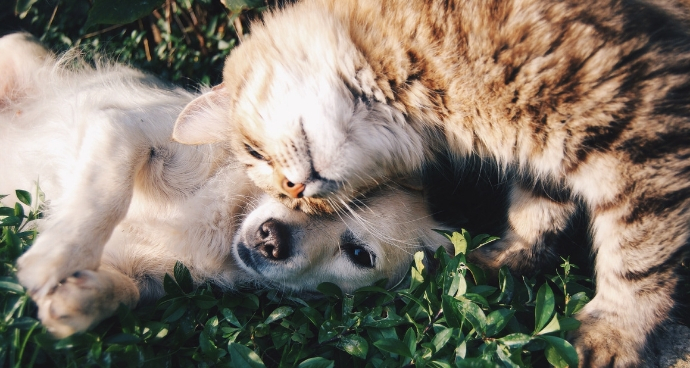

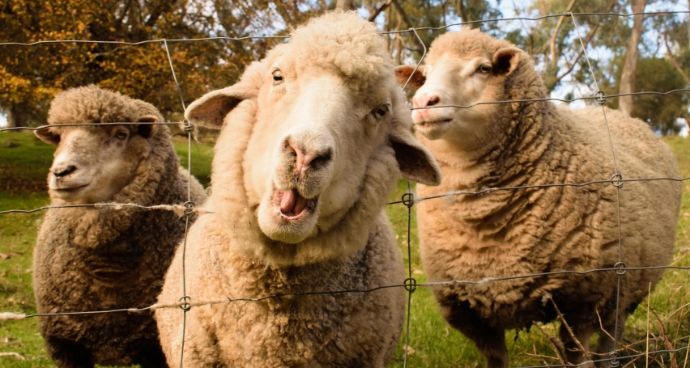
.jpg)

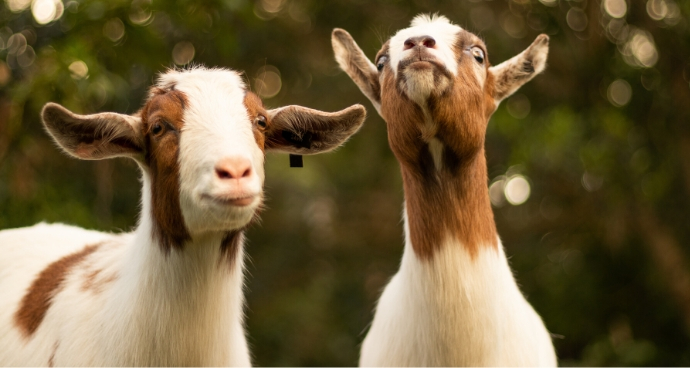

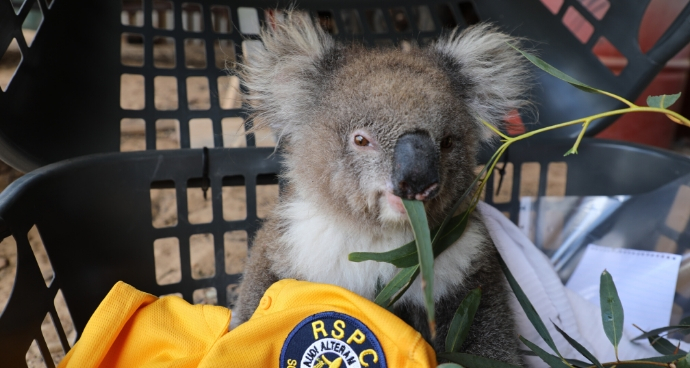


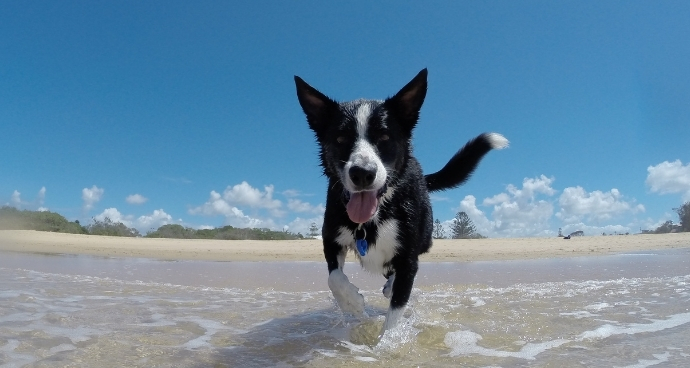
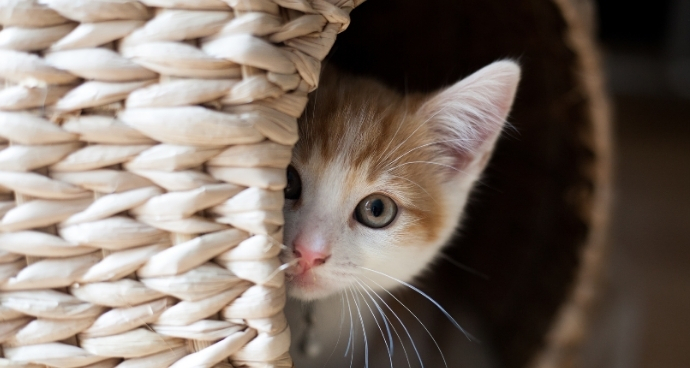
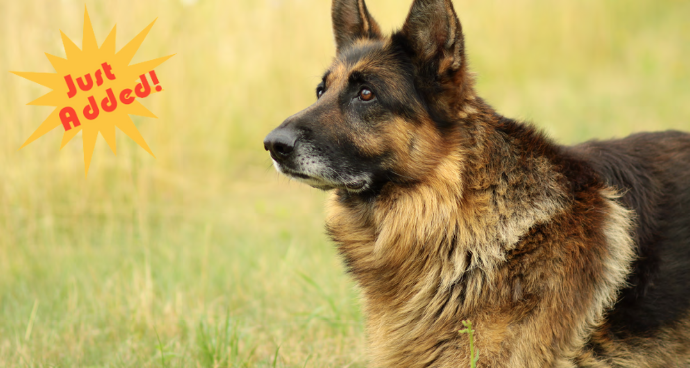
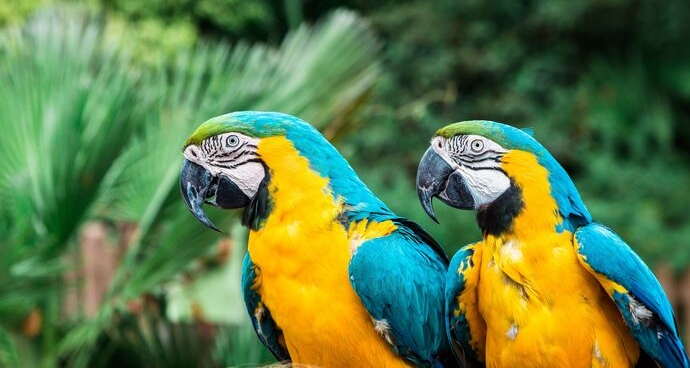
.jpg)

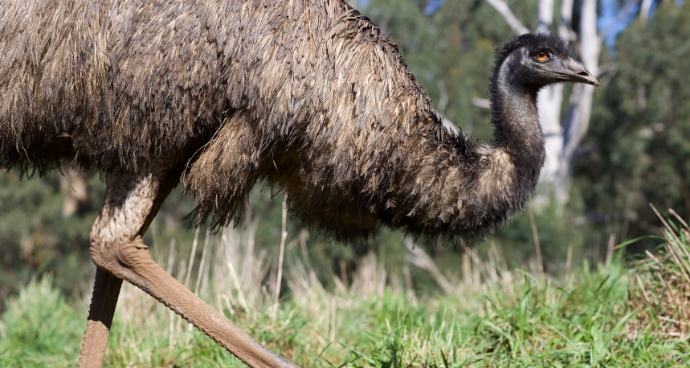

 Quizzes
Quizzes Information for Parents
Information for Parents